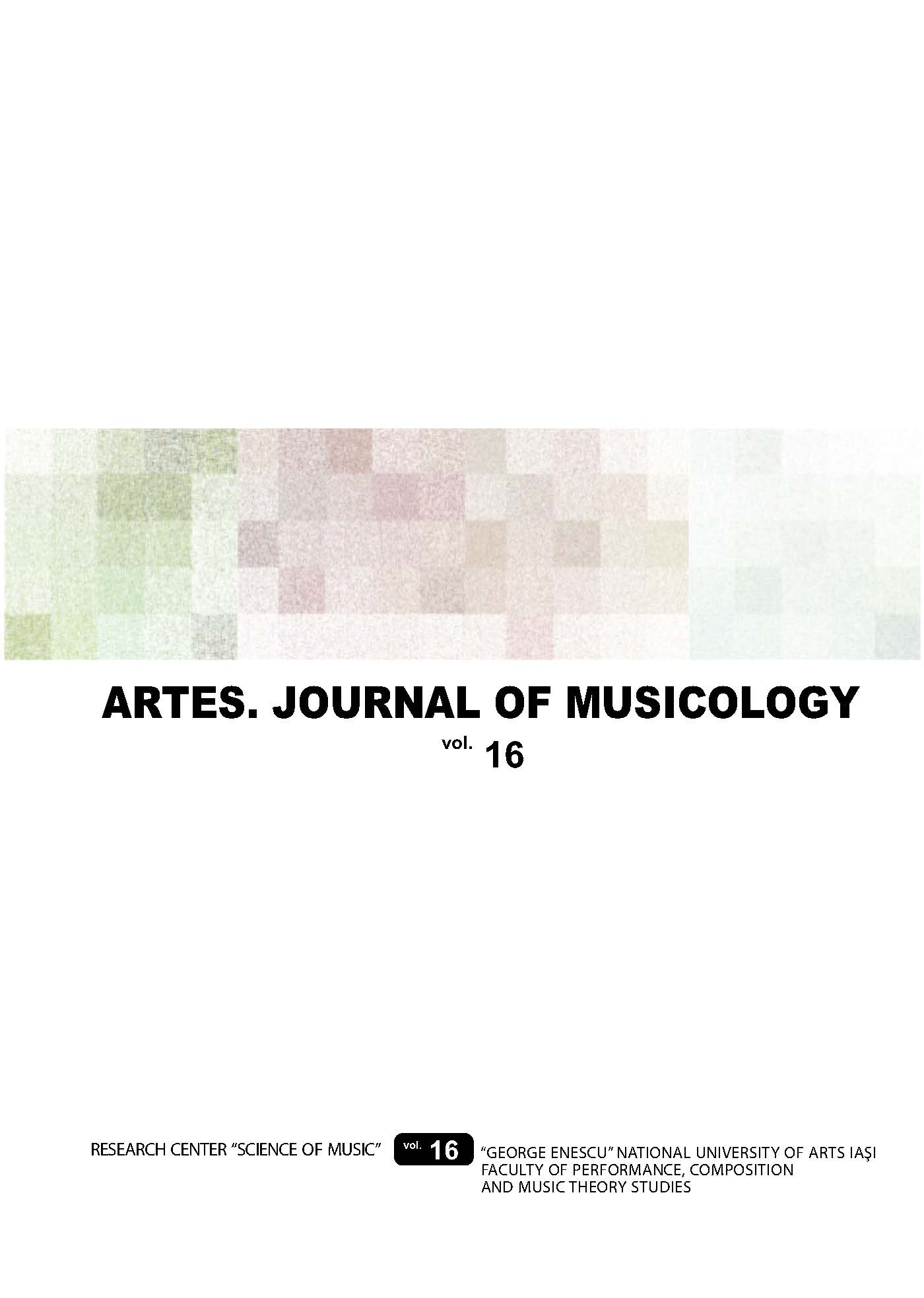Reconsidering Pascal Bentoiu’s Aesthetics in the Light of European Sources, International Synchronisation and Contemporary Application Orientations
Reconsidering Pascal Bentoiu’s Aesthetics in the Light of European Sources, International Synchronisation and Contemporary Application Orientations
Author(s): Laura Otilia VasiliuSubject(s): Music
Published by: Editura ARTES
Keywords: the aesthetics of music; the psychology of music; musical thinking; musical image; Ernst Kurth; Leonard Meyer
Summary/Abstract: Published in the early 1970s (Imagine şi sens, 1971, Deschideri spre lumea muzicii, 1973, Gîndirea muzicală, 1975), Pascal Bentoiu’s theoretical works had a paradoxical destiny. On the one hand, they informed many musicians, being included in the mandatory bibliography of courses in aesthetics at conservatories in Romania; on the other hand, substantial proof of the understanding of and capitalization on the works can be found neither in the press of the time nor in the subsequently published scientific literature. The simple explanation is that his romantic concept of idealist philosophy based on readings in Kant, Hegel and Bergson was clearly expressed – despite some attempts (rhetorical tricks) at hiding it – and at odds with the dominant Marxist materialism of the years of publication. This study identifies a few fundamental ideas of his aesthetic concept centered on the psychology of reception, like: 1. The primordial character of a global perception of musical articulation/composition (metaphorically expressed through the term of image) in relation to the analytical process of sonic parameters; 2. the primacy of (creative and receptive) musical awareness before the physical laws of sonic material; 3. the constitution of musical thinking as a logical mental activity operating with “phonic identities” on the axes of time and space, psychologically/metaphysically connected through the formula “spacial-temporal continuum”. Comparing Pascal Bentoiu’s concept with his main theoretical source – Ernst Kurth’s Musikpsychologie (1931) –, in its turn a combination of the Gestalt theory (the perception of the whole) with Schopenhauer’s concept of the creative/creator’s will and with the phenomenon of the subconscious revealed by Freud, proves the Romanian aesthetician’s integration with the main flow of European thinking – a singular case in the Romanian musical culture of the time. Revealing possible parallels with American aesthetic positions – we are referring to Leonard Meyer’s originally gestaltist psychological method (Emotion and Meaning in Music, 1956) – and the (indirect) consequences of Bentoiu’s concepts at the level of contemporary musical education, musicological analysis, the psychology of creation are projected as complementary objectives of this research.
Journal: Artes. Journal of musicology
- Issue Year: 2016
- Issue No: 16
- Page Range: 73-85
- Page Count: 13
- Language: English

